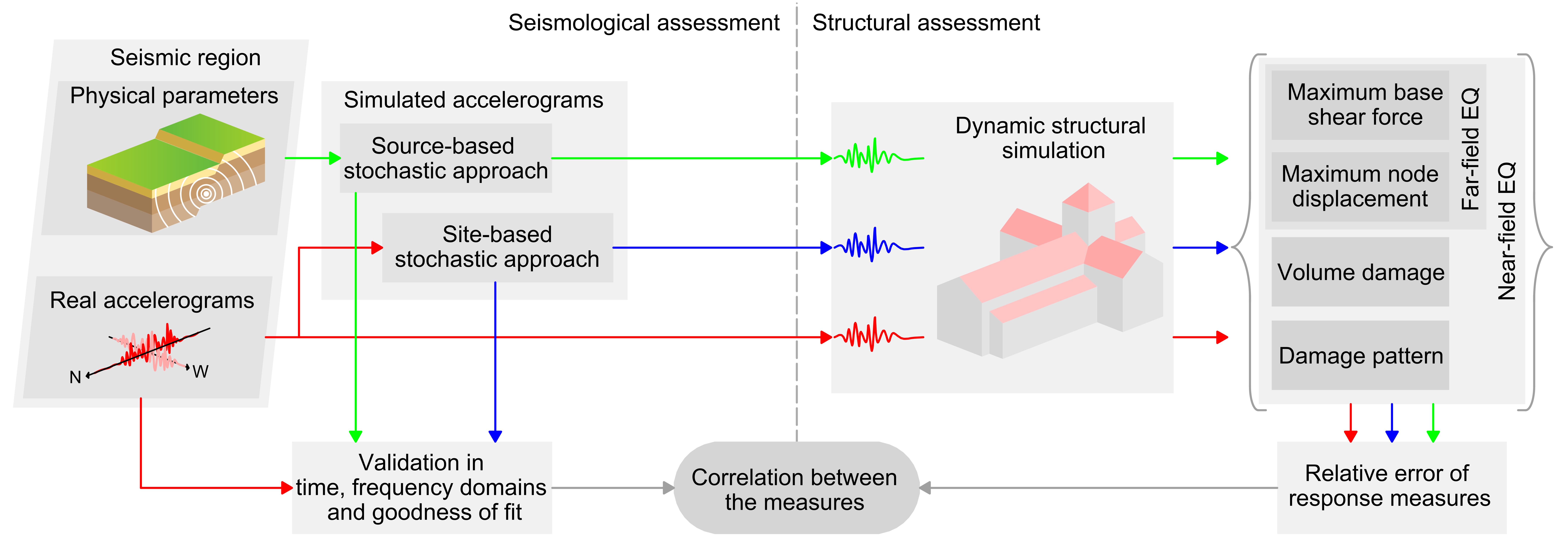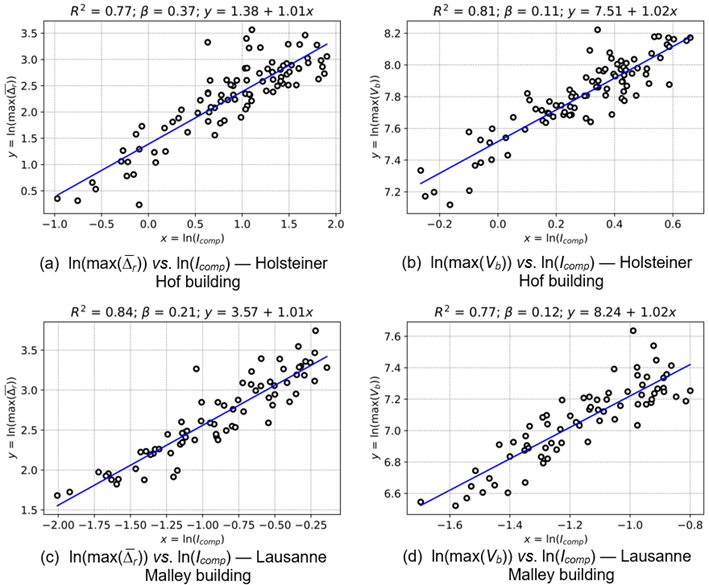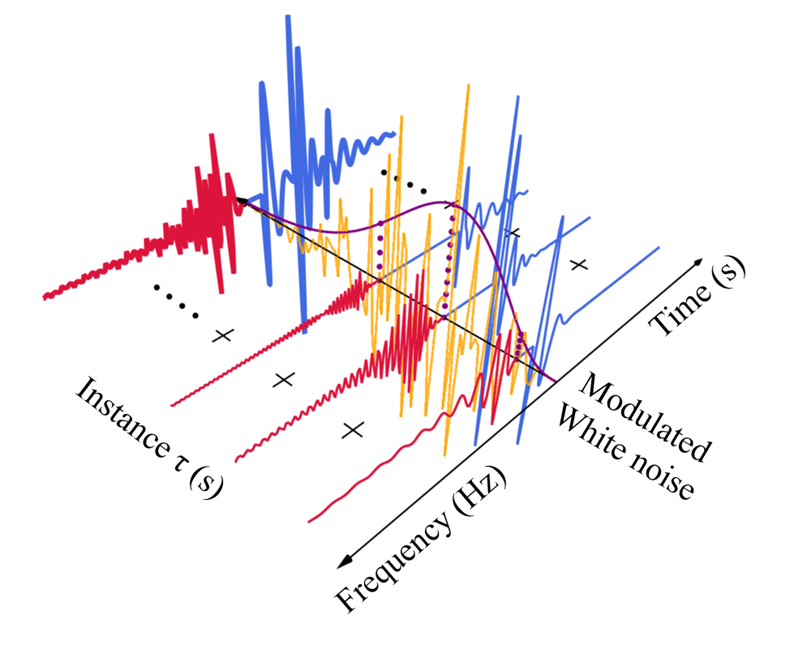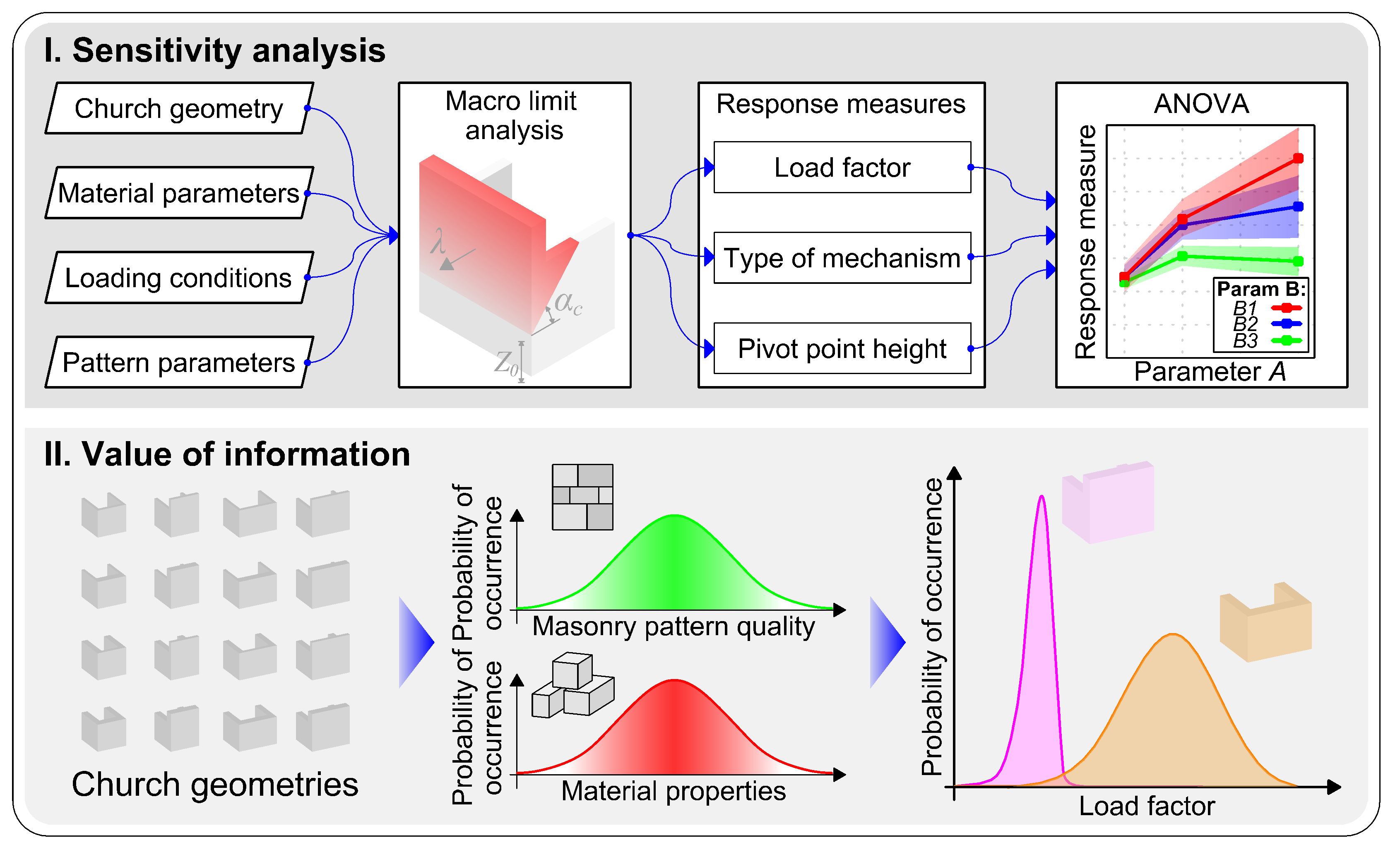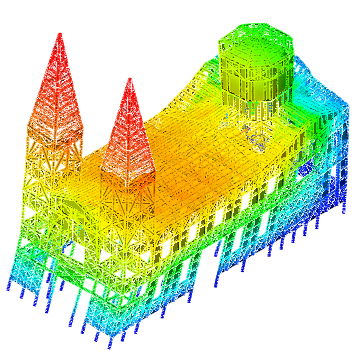Earthquakes are among the most destructive natural disasters and have resulted in a massive number of fatalities and economic losses all over the world. Simulated ground motion records are valuable, particularly for regions lacking seismic stations or with a limited history of large-magnitude earthquakes. Notably, a significant percentage of monumental masonry buildings are located in regions with limited access to real records; hence, simulated records play a paramount role in their seismic protection. However, few studies have investigated the structural response of heritage buildings via response history analyses to assess the performance of simulated earthquakes against real ones. To accomplish this, this study simulates the recorded time-series of the 9th of July 1998 Faial earthquake in the Azores (Mw = 6.2) at four available stations, using two different simulation approaches, that is, a source-based stochastic finite-fault method and a site-based broadband stochastic method. First, two masonry facades with sidewalls characterized by different slenderness levels are adopted to conduct this research. Moreover, the proposed approach is also applied to an existing monumental structure, that is, São Francisco Church, located at Horta, which was affected by damage during the Faial earthquake. Results demonstrate that both simulation approaches provide similar results in terms of structural response prediction. The proposed framework also demonstrates that a small mismatch in terms of predicted damage patterns can result in a significant relative error in terms of displacement predictions.
